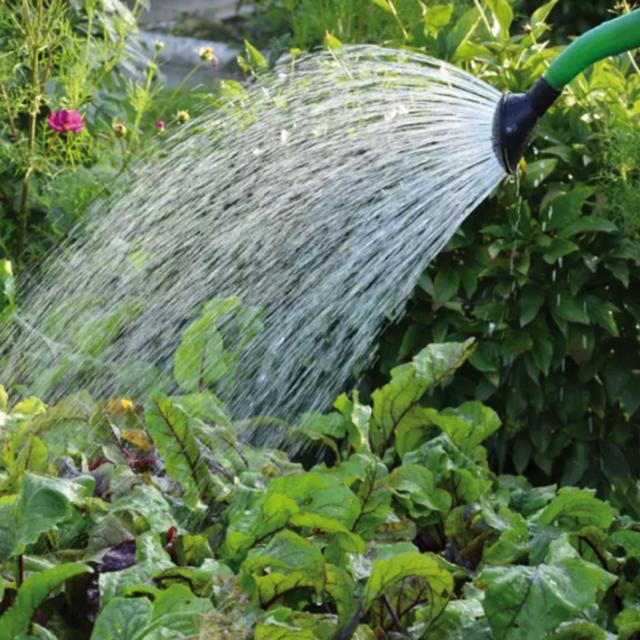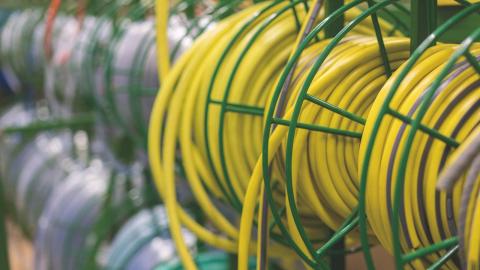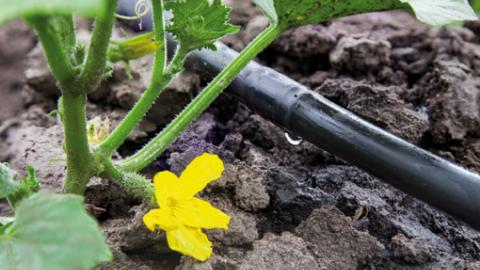How to water a vegetable garden?
• Drip irrigation: this system of irrigating a vegetable garden is particularly efficient as it applies water to the foot of the plant and avoids the leaves and fruits, which do not really need the rain (just like the tomato plants, for example). Furthermore, it is particularly economical on water because it only applies the water to a very specific part of the soil. On the other hand, it takes a while to install.

How to water a vegetable garden?
• Drip irrigation: this system of irrigating a vegetable garden is particularly efficient as it applies water to the foot of the plant and avoids the leaves and fruits, which do not really need the rain (just like the tomato plants, for example). Furthermore, it is particularly economical on water because it only applies the water to a very specific part of the soil. On the other hand, it takes a while to install.
• With plastic bottles: this is a solution that imitates drip irrigation, but it is easier to install. You only need to place small ceramic cones on the plastic bottles instead of a cap. Then turn them over and bury them in the soil. For the water to seep out gradually, all that remains is to pierce the bottom of the bottle with small holes. This technique allows the water to be released slowly and continuously but the water flow cannot be stopped.
• Sprinkler irrigation: this is a solution found on the farms because it needs to have a large surface area to irrigate. In fact, when the producer has a lot of hectares, drip irrigation represents too high an investment and going back and forth with a watering can is out of the question. This system is not suitable for all vegetable garden plants because it also wets the foliage. It also consumes a lot of water! If your vegetable garden is small or medium-sized, this is not the most appropriate technique.
When to water a vegetable garden?
In the autumn and spring, we irrigate in the morning, which gives the water time to soak into the ground during the day rather than stagnating on the surface during the night. In the summer, we irrigate late in the evening so that the water is not allowed to evaporate and soaks into the ground during the night.
How often should the vegetable garden be watered?
How often you water a vegetable garden depends on the temperature and level of dryness. If you are transplanting seedlings, then water them daily for ten days so that they become re-established then mulch them. More generally, it would be better to water the plants thoroughly three times a week rather than a little every day. Tomatoes, melons and cucumbers need to be watered regularly but in small amounts. On the other hand, for winter vegetables such as leeks, spinach and turnips, the water provided by the rains is enough, boosted by a period of irrigation in the case of an abnormal drought. The lettuces and radishes grow very quickly and require regular applications of water. Therefore, irrigation decisions have to be made on a case by case basis for each kind of plant. Ideally, plants with similar water requirements should be positioned close to each other in the vegetable garden.
How should the seeds be watered?
When seeding, the substrate should be wet, then irrigation with very fine droplets is needed. From seeding to emergence, the soil must be wet but not waterlogged or the young roots. Once the first seedlings appear, then keep irrigating with fine droplets on a regular basis.
Using raised beds systems
The raised beds have greater water requirements because the water evaporates more quickly. In fact, they do not benefit from the coolness offered by the lower layers of soil and they are often composed of compost which heats up the substrate. Irrigation is carried out at the same time of the day as that applied to normal soil but the frequency varies. In the summer, you will have to irrigate every day.
During times of drought
A heat wave often goes hand in hand with a period of water restriction! To give the plants of the vegetable garden the best possible chance, think about mulching and providing them with some shade. If water restrictions force you to have to make a choice, then prioritize those that have the least need for water and, consequently, those which have the best chance of making it through the heatwave with the least amount of water.


